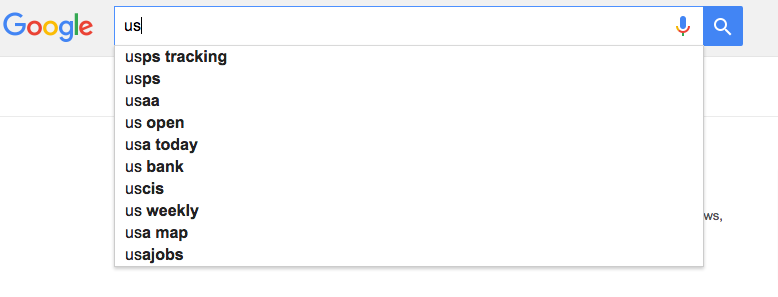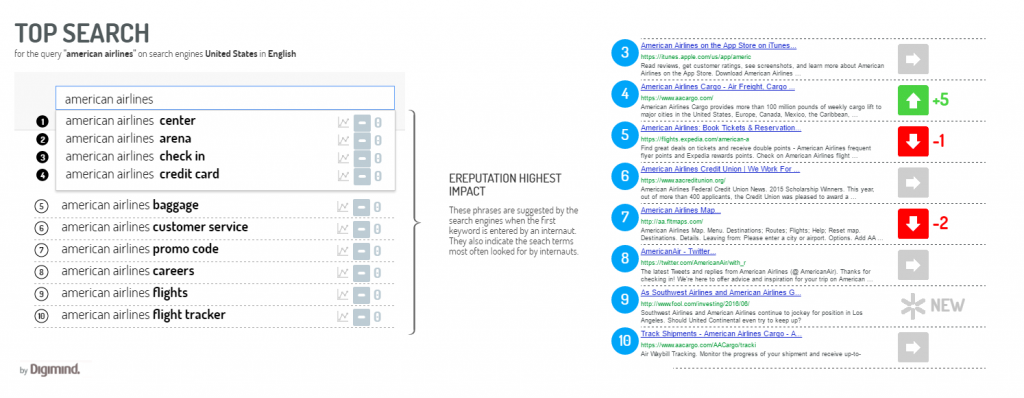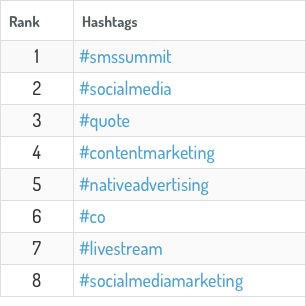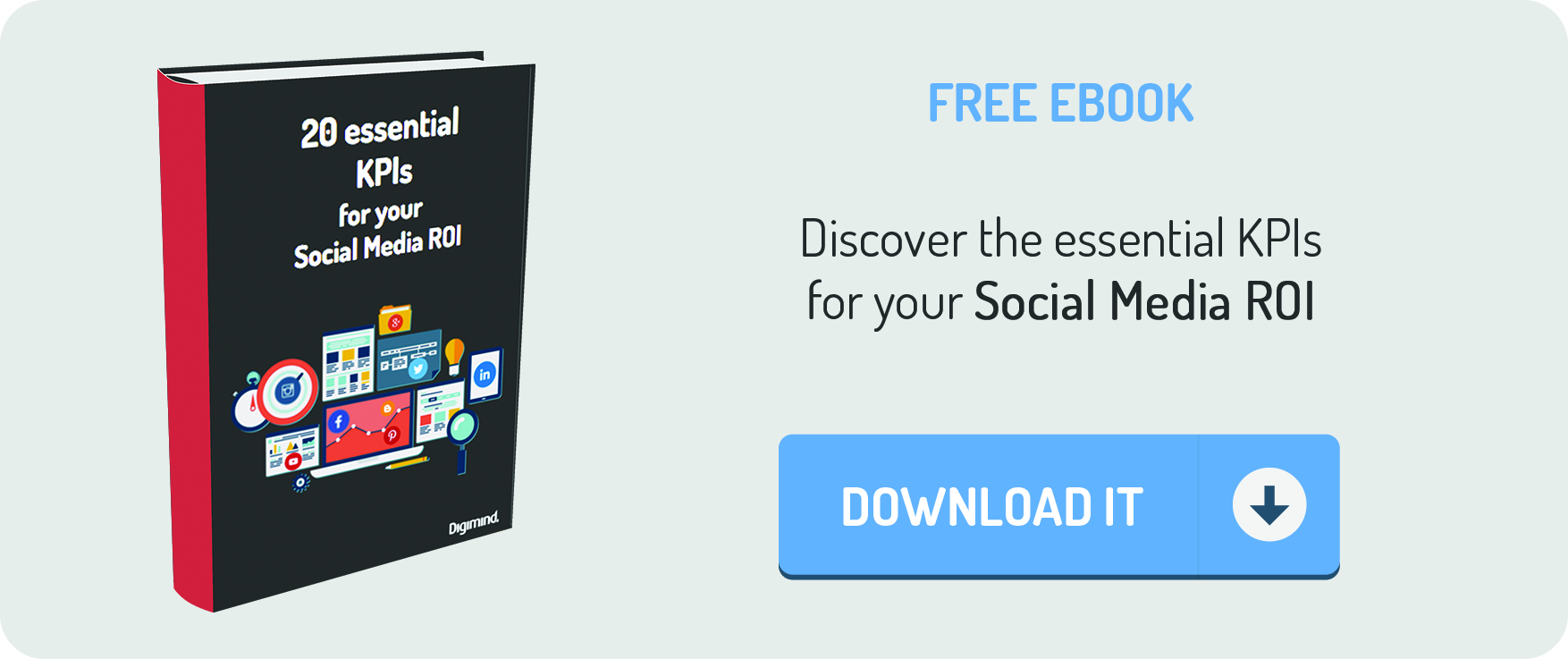5 ways to discover real-time trends through the web and social networks
"How can we track, in real-time, consumer trends, communication and changes in practices of online users?". This is the question that some agencies or advertisers frequently ask themselves when it comes to innovation or social intelligence when considering how to measure the impact of communication campaigns or further, explore markets for a product launch or prepare the competitive pitches: in an ideal world, consumer trends, communication, cultural and technological developments, waves of opinion on the web and social networks should be tracked constantly. Beyond the major macro and micro-economic trends, regularly issued by major audit and consulting companies, it is essential to capture the user and consumer pulses, opinions and specialist studies and day-to-day media. There are equally many other insights that will feed your content strategy, your SEO / SEM which follows, your intelligence, social media analysis, and your customer knowledge. But how can you do it? Several tools and approaches can help you, here is a selection of 5.
[Tweet "15% of daily searches are new - a fishing pond for trend intelligence!"]
1.Discover what concerns users with Google data
Beyond messages on social networks, the analysis of such a large volume of data, processed through the millions of daily user requests on Google is precious.
Why? Because Google accounts for nearly 63.8% of the market share in U.S. and 80% of online users use Google as an information gateway for research, both in general and for pre-purchase. What's more, 15% of daily searches are new: analysis of Google search queries is therefore, a hyper-dynamic environment with a direct connection to online users' concerns. Even better, by analyzing Google Suggestions, frequently based on keywords used by online users on searches, brands or personalities, we get 2 valuable insights :
– their research concerns your brands, products and executives
– what they are influenced by when they use a search engine
In effect, suggestions come completely automatically from user searches and encourage them to click. We can observe two major types of trends: underlying trends, through keywords that appear for months or permanently (usa map), or trends related to recent events (us open), like in the example above.
Following these phrases on Google also provides insights into purchase trends and potential markets.
The example below shows to left the trends associated with the American Airlines brand and to the right, the evolving user facing post coming up on Google. You can see that 'American Airlines Cargo is rising up the list, while some ticket reservation and maps sites are moving further down.
2. Carry out trend intelligence via hashtags
Hashtags are a trademark of Twitter messages. However, they are widely used on Instagram and to a lesser extent on Facebook and Google Plus. By tracking hashtag publications and their volume, you can monitor trends or a communication campaign's impact, regardless of whether it's digital or launched in real life. By extracting the most used hashtags around a concept, you discover two universes:
Official hashtags, designed by brands and hashtags of a "spontaneous generation", pulled from and widely spread by online users. This way you can view the posts based on online trends and themes surrounding an event and often it's associated sponsors like the Social Media Strategies Summit for example. We can segment the event analysis down into the official event hashtag #SMSsummit, but also see key topics being discussed over the whole event, whether these are dedicated to specific influencers, topics or trends.
3. Follow the trend experts and specialists
Do not forget that within "Social Network" is the word "network". A network can consist of VIPs who are "Wise" and we should listen! LinkedIn and Twitter are full of specialists and media which, if you follow them, can feed your strategy with trends in technology, organizational, HR, consumer habits, and individual behavioral...
On LinkedIn, monitoring groups is the first approach that comes to mind for starting intelligence, but the PULSE feeds are also a good entry point since they show a selection of professional and expert publications via an editor.
It is better, before defining specific topics and searches, to watch the broad "trends" subject, to avoid drowning in specialist technology, marketing, organization or communication messages.
To explore and assess the potential of PULSE, you need to head to Discover, a module which boasts a full range of experts, influencers and channels grouped by Topics and media type.
On Twitter, after choosing your trend topics, Discover, via simple searches like "guru trends", "expert trends" "consultancy trends", you'll find specialists and media such as @innovation, @GuyKawasaki , @jaybaer , @adage as well as @Garyvee and @eMarketer.
Another great approach is to monitor consultancy firms and institutes, big or small, general or specialized @BCG, @DeloitteDIGI_US ou @Nielsen to name a few among hundreds of potentially interesting choices.
Innovation is not a tangible thing; it's a process. #DeliverDigital https://t.co/JCaeqv5BzP pic.twitter.com/pYU1Xy9iqP
— Deloitte Digital US (@DeloitteDIGI_US) June 16, 2016
Follow consultancy firms and opinion bodies
Other key players to scan for the purpose of your trend intelligence are Think Tanks: these are specialized and often independent opinion groups in specific sectors or areas: Their publications or selections should take a step back, many of them constituting industry lobbying groups or idea groups for specific political parties. In the US, it's the likes of @CFR_org , @nberpubs, @EPICprivacy, or @HeartlandInst.
4. Carry out Event Intelligence
Trends are also driven by conferences and brand exposure at different events. There are portals and sites dedicated to events for almost all sectors of activity - covering, of course digital, to cosmetics and more.
Our advice is to stay intelligent via a "rule of 3": for this you need to cross 3 expressions covering, Events x Sector x Calendar, such as "Events", "Fairs", "Conferences" associated with "Cosmetics" or " Digital", and then potentially refine by "Agenda " or " Calendar ".
5. Monitor big trends
Let's go back to basics: Trends intelligence on social networks coupled with your favorite theme or your industry is an excellent way to discover new topics and sources.
A tip: as with any normal intelligence approach on the web and social networks, it should start with big concepts and can then be refined with more specific keywords, over coming days and weeks, allowing you to narrow collected results to topics that specifically match your points of interest. Ideally, your message streams (tweets, Facebook posts, Instagram, articles) should be filtered inductively, rather than by restricting your search from the start. Example: intelligence based on a "big" marketing trend will bring you insights on the automatic marketing, inbound marketing or customer experience. Don't restrict your search to one or the other of these three subjects, trend intelligence must remain open: Filter your messages inductively, once collected, you then filter via the keywords "automatic / automatization", " customer experience "etc ...
Trend intelligence (or innovation intelligence) is one of the largest in terms of scope. If you're to remember one thing: you need to, once you have collected several weeks of messages, define your priority intelligence specifications. Start with 3 or 4, no more, themes for this type of intelligence, growing exponentially as the number of messages increases. For this, you need to answer the question "Why" ... are you doing this intelligence. If not, you may fail by not defining your needs.
Written by Jerome Maisch
Marketing Manager @digimindci. Passionate about big data & social marketing. Photography, music and hiking lover




